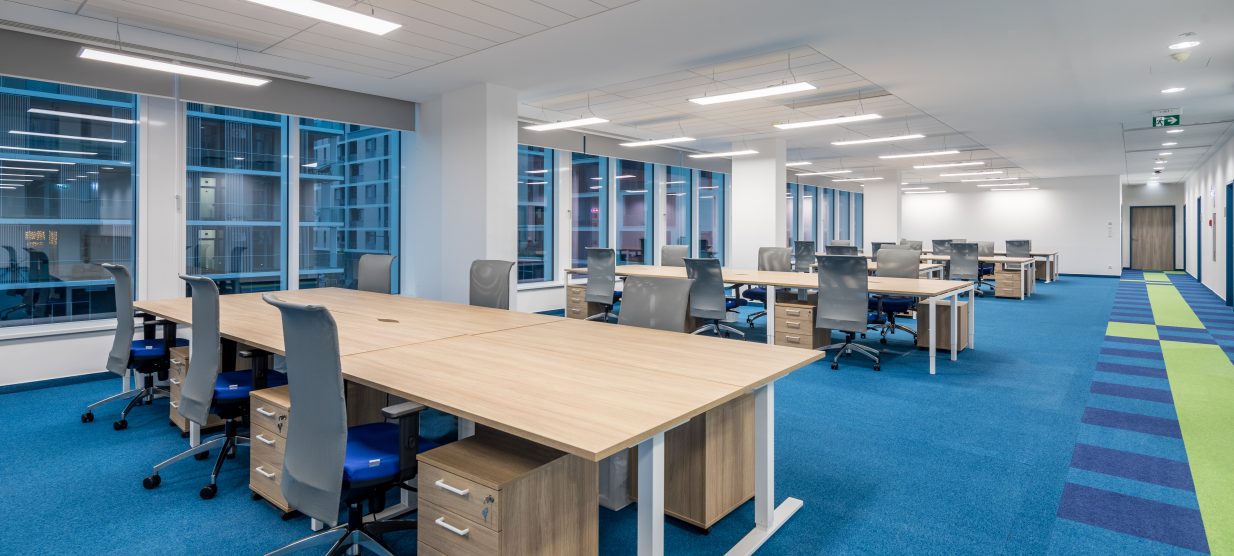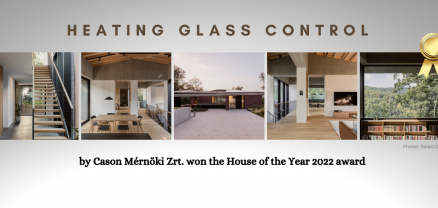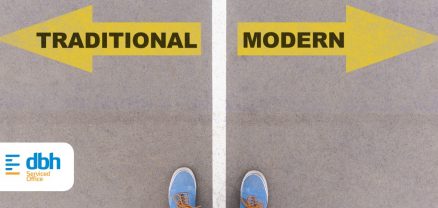The Psychology of Shared Workspaces: Why They Boost Creativity
When it comes to fueling creativity and innovation, the environment we work in plays a critical role. Over the years, shared workspaces – or coworking spaces – have proven themselves to be vibrant hubs of creativity and collaboration. But why are these spaces so effective at sparking ideas and innovation? The answer lies in psychology.
Shared workspaces create unique environments that cater to our intrinsic needs for community, stimulation, and freedom – elements often missing from traditional office setups. Let’s take a closer look at the psychological benefits of shared workspaces, and why they have become the go-to environments for creativity and collaboration.
The Impact of Community on Creativity
Humans are inherently social beings. Whether we thrive in conversations, brainstorming sessions, or simply being surrounded by like-minded individuals, community has a strong influence on how we think and perform creatively.
Shared workspaces often bring together professionals from vastly different industries and backgrounds—freelancers, entrepreneurs, artists, and tech developers, to name a few. This blend of diverse perspectives naturally encourages cross-pollination of ideas. A marketer chatting with a graphic designer over coffee could lead to fresh creative concepts, while an app developer working next to a writer might find inspiration for a new feature.
This “serendipity effect,” where chance interactions turn into meaningful collaboration, is a core benefit of shared workspaces. By introducing variety and new viewpoints, these spaces foster an environment where creativity can thrive.
Escape from Routine, Welcome Innovation
One of the biggest creativity killers is monotony. Traditional offices, with their rigid structures and uninspiring layouts, can sometimes stifle innovation. Shared workspaces, on the other hand, are designed with flexibility at their core, helping break the cycle of predictability.
These dynamic environments allow professionals to move around and work in different settings throughout the day – whether it’s at a standing desk, in a quiet corner, or in a bustling common area. This change of scenery stimulates the mind and keeps boredom at bay, creating the ideal atmosphere for fresh ideas to emerge.
Moreover, the freedom to design your schedule and work in a way that resonates with you – without the constraints of rigid nine-to-fives – enables people to tap into their peak creative periods.
Diverse Perspectives for Brainstorming
Exposure to different perspectives is one of the driving forces behind creativity. According to research, diverse groups are more likely to produce innovative solutions than homogenous teams. Shared workspaces are a living example of this.
Working alongside individuals with varied skills, goals, and experiences enables richer conversations and more vibrant brainstorming sessions. Many coworking spaces even offer collaborative tools and events that encourage members to come together – whether it’s through workshops, panel discussions, or simply lunch-and-learn sessions.
The ability to bounce ideas off others who approach problems differently can take your projects in unexpected and exciting directions. This collaborative mindset is why startups and creative professionals flock to these spaces.
A Physical Environment Designed for Creativity
The physical environment of a shared workspace plays a key role in how it affects creativity. Unlike traditional cubicles or bland corporate offices, coworking spaces are often designed with a bright, open aesthetic that aims to energize and inspire. Here are a few design elements that spark creativity in shared workspaces:
- Open Layouts: Encouraging interaction and breaking down walls – literally and figuratively – open designs foster collaboration.
- Art & Decor: Many coworking spaces feature artwork, vibrant colors, and modern furniture, all of which can uplift mood and trigger creative thinking.
- Accessible Nature: Some shared spaces are intentionally designed to include nature, whether through large windows showing greenery, landscaped courtyards, or biophilic designs that incorporate plants. Studies have shown that exposure to nature improves focus and creativity.
- Relaxation Zones: Breakout areas and quiet zones give your mind a place to recharge when inspiration wanes, an important element in the creative process.
These thoughtful details show that coworking spaces aren’t just places to sit and work – they’re environments shaped to encourage innovation.
Collaboration Without Hierarchy
One of the underrated psychological benefits of shared workspaces is their flat structure. Unlike traditional office hierarchies, these environments are typically egalitarian. You won’t feel the pressures of rank or corporate politics as you engage with others.
This freedom reduces stress and enables people to collaborate without fear of judgment. For instance, partnerships can form between a seasoned entrepreneur and a fresh-faced freelancer, without barriers like seniority or title dominance.
The informal nature of these spaces makes people feel more approachable, creating a safe atmosphere for brainstorming and exchanging wild, out-of-the-box ideas.
Freedom to Be Yourself
Ultimately, one of the greatest psychological benefits of serviced office spaces is the freedom they provide. Many traditional office setups have rigid norms that can discourage authentic expression. On the other hand, coworking environments are more inclusive and relaxed, encouraging people to be themselves.
Whether it’s having the freedom to dress casually, work during unconventional hours, or set up in a beanbag chair instead of a stiff desk, these small elements of autonomy make a big difference. The result? A happier, more creative version of yourself.
Shared Workspaces Are Creativity Engines
The psychology of shared workspaces is rooted in their ability to make people feel connected, inspired, and free. From fostering a sense of community to designing environments that stimulate the mind, these spaces go far beyond the function of a typical office.
For creative professionals, entrepreneurs, and anyone looking for a spark of innovation, shared workspaces are more than just places to work – they’re places to grow, brainstorm, and thrive. Whether you’re seeking a collaboration partner or just want an atmosphere that boosts your productivity, shared workspaces offer all the tools you need to unlock your creative potential.
It’s not just about where you work – it’s about how your workspace makes you feel. And in the world of coworking, feeling inspired comes naturally.

Do not hesitate to contact us
Get in touch, if you have any question


